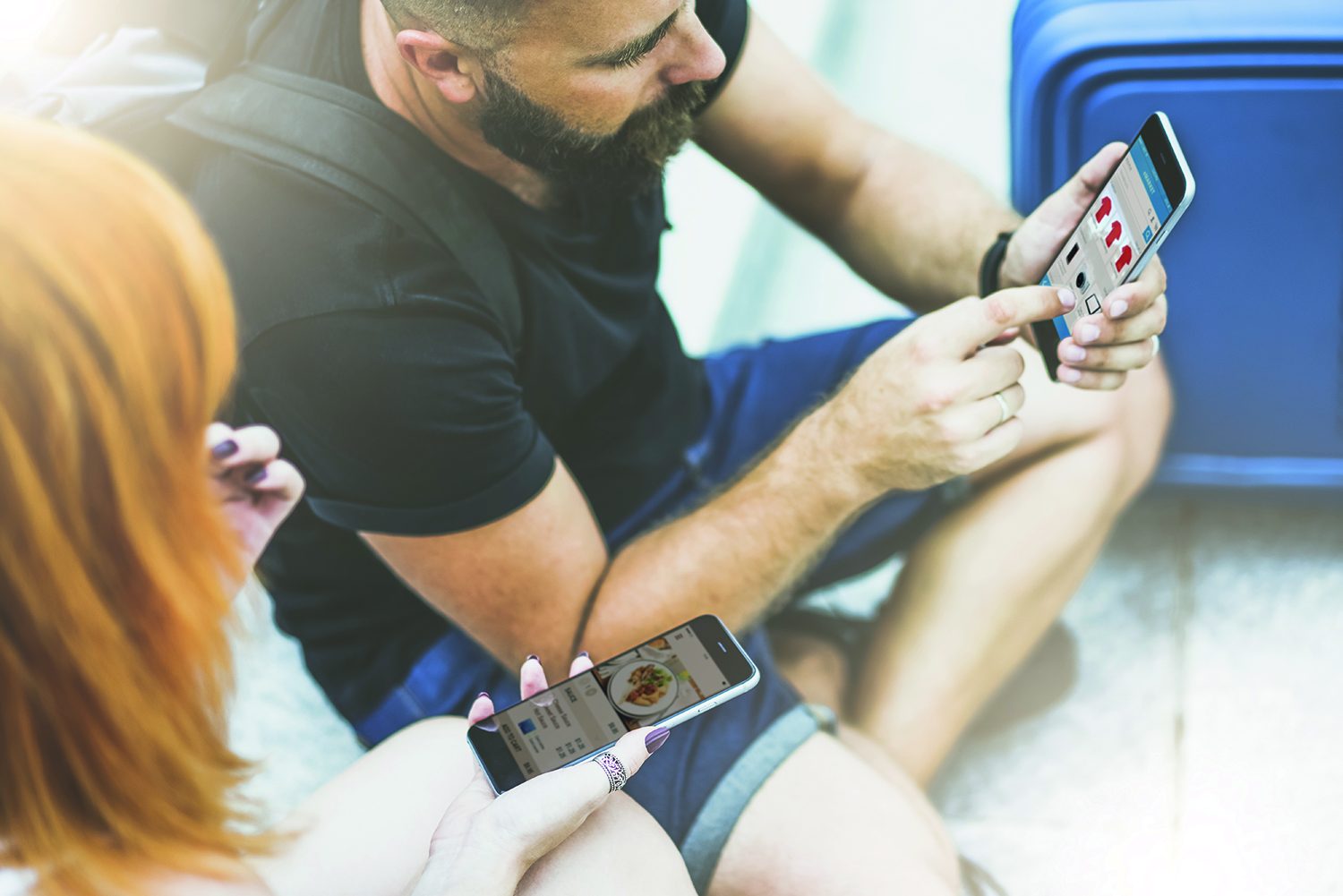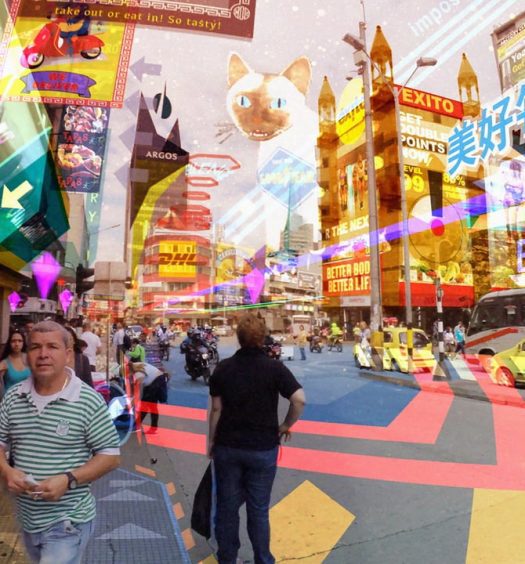By Mel Taylor, CEO, Omnico
MOBILE devices are now central to how we shop, find a partner, plan and enjoy a day-out or holiday. The rise of consumers demanding fast, real-time, convenient accessibility directly with brands, has put smartphones front and centre of many families’ lives.
The authoritative 2018 Global Theme and Amusement Park Outlook report from the International Association of Amusement Parks and Attractions (IAAPA) highlights this trend as helping to drive up theme park attendance to 1.1 billion in 2017 (and expected to grow to 1.3 billion by 2022). Younger consumers are especially willing to spend more for out-of-home experiences that are memorable, with the report emphasising that growth will continue for theme parks that “market their unique experiences.”
The centrality of the app to meeting new expectations
This makes active, sophisticated engagement with visitors through smartphones, tablets and other wearable devices critical to success. No serious operator can expect to thrive and grow in this changed market without an app that gives visitors fast, user-friendly access to a huge amount of functionality. That must include waiting times for attractions, shows and rides, ready access to restaurant menus and bookings, interactive maps and hotel room and merchandise availability. And it should include multiple social media-sharing possibilities. In other words, the guest wants a theme-park-in-their-pocket.
The My Disney Experience app and the Universal Orlando Resort app stand out as successes in meeting this trend, giving guests what they want with resultant increases in footfall and engagement.
Other operators would be misguided in believing there is anything unique in the success of these two respective operators. New Omnico research among 3,362 consumers from China, Hong Kong, Japan, the UK and the US has confirmed that the majority of all theme park guests want an app that helps them organise their visit, avoid queuing, order and pay ahead and assists them in optimising their time and generally boosts the quality of their experience.
More than half (56 per cent) of respondents, for example, want an app that gives them a complete, real-time view of all the queuing times for food and drink outlets, restaurants and rides. More than four in 10 want to buy meals and drinks ahead and collect them when they are ready. Similar percentages want real-time information about on-site events and shows, the ability to see all restaurant menus and an interactive map they can use to find their way around. In the age of Apple Pay and Samsung Pay, it is also no surprise that more than four in 10 also want an app they can use for cashless payments anywhere in the park.
Apps that make visits easier increase spending
Making life easier for consumers through mobile technology is clearly what operators should be focusing on, either in their apps or dedicated wearable devices. Not far off every respondent (95 per cent) said they could spend more if an app had the right functions and features. That is a stat that should remain prominent in all minds of those managing parks.
Drilling down further into what guests want, the research found that being able to avoid queues was the single most desirable capability in an app. More than eight in 10 were “very or quite likely” to use an app to order food and drink so they could pick it up straight away and avoid queues. And in a sign of the increasing familiarity with the use of mobile devices in stores, almost the same proportion (78 per cent) said they would use a park’s app to scan and pay for food or merchandise, the benefit again being the ability to avoid queues.
The range of features that consumers find attractive confirms that the theme-park-in-the pocket describes perfectly what they want. It is up to park operators to provide it, either through apps, other wearable smart devices such as wristbands, or even via fixed touchpoints such as kiosks.
Loyalty and repeat visits
For operators, the advantages are not simply in enhanced spending once visitors have entered the gates. The research shows that guests want to maintain a relationship with parks after they have left. Half of those surveyed wanted an app to give them the benefits of a loyalty programme and 61 per cent want access to exclusive offers and promotions. Previous Omnico research found that more than eight out 10 respondents would be inclined to visit a park again if the app allowed them to review their visit afterwards.
Deliver these benefits and not only will revenues increase through the operation of an effective loyalty scheme, but guests will maintain engagement with a park after they have gone home, encouraging them to go back again in the future to spend reward points. The value of such programmes can hardly be overstated.
Within the research there are also strong indications of what it takes for visitors to keep park apps on their phones. The key areas of sensitivity for operators to be mindful of are the number and type of notifications that maintain relevance in an app and update it regularly. Calibrating that may require some tweaking, but experience will soon demonstrate what works.
The importance of personalisation remains a strong undercurrent. Visitors want to continue to be recognised as individuals with offers and discounts that relate to their preferences, along with a continuing loyalty scheme that is personally relevant.
Concentrate on simplicity and convenience
The focus for any operator upgrading apps or wearables should be on convenience and multi-functionality. That means making it easy for guests to order and organise their visit online and to select deals and packages, hotel accommodation, parking arrangements, meal-deals, rides, fast passes and pre-paid wristbands.
Simplicity and convenience must be at the heart of this new customer experience. For example, every time the guest and his or her family buy some merchandise, stop for a snack or eat in one of the park’s restaurants, the transaction must require no new payment details and provide immediate access to any reward or loyalty points.
A boost to revenues
As the research shows, parks stand to gain hugely from using apps and wearable devices to enhance customer experience.
Consider, for example, just two statistics – 53 per cent of theme park visitors said they might spend up to four times as much as normal if they could order food and drink in advance using a park app. And 45 per cent said they would more likely visit a park with an active loyalty points programme.
Investment in apps and wearable devices is undoubtedly a win-win for everyone concerned. By moving into the heart of the mobile-world, operators will generate greater spending and loyalty which will lead to major increases in revenue on a recurring basis.
Omnico offers cloud-based technology that powers POS and customer engagement solutions across the destination, hospitality and retail sectors
www.omnicogroup.com
















